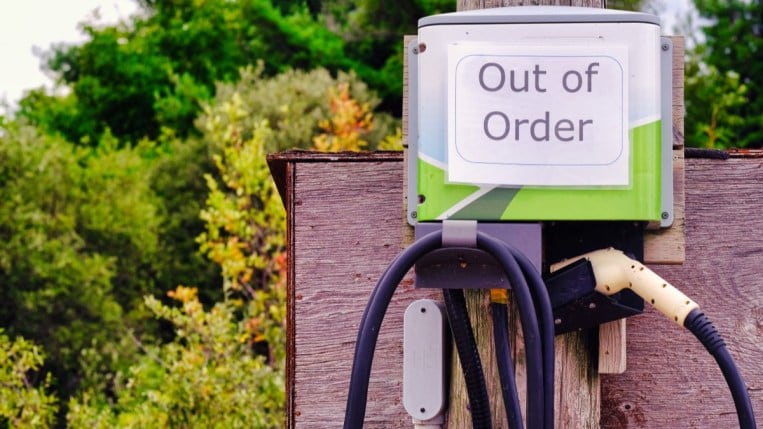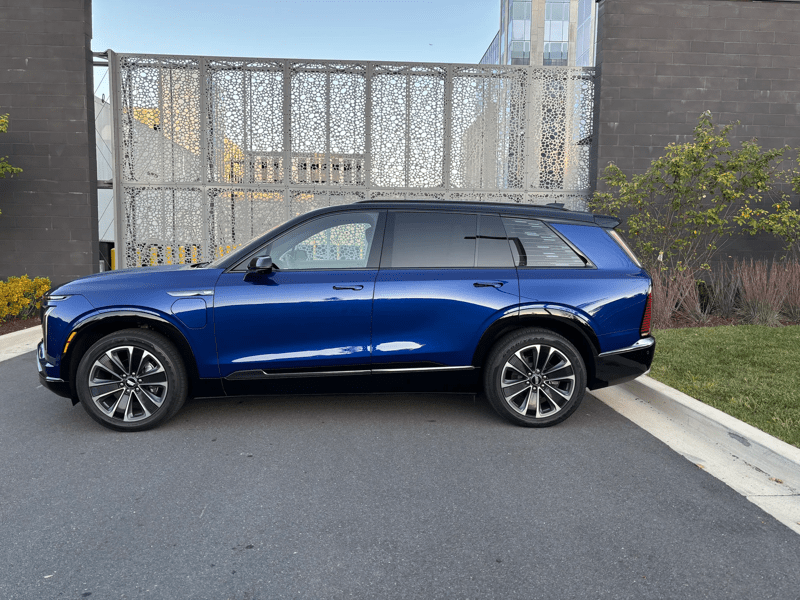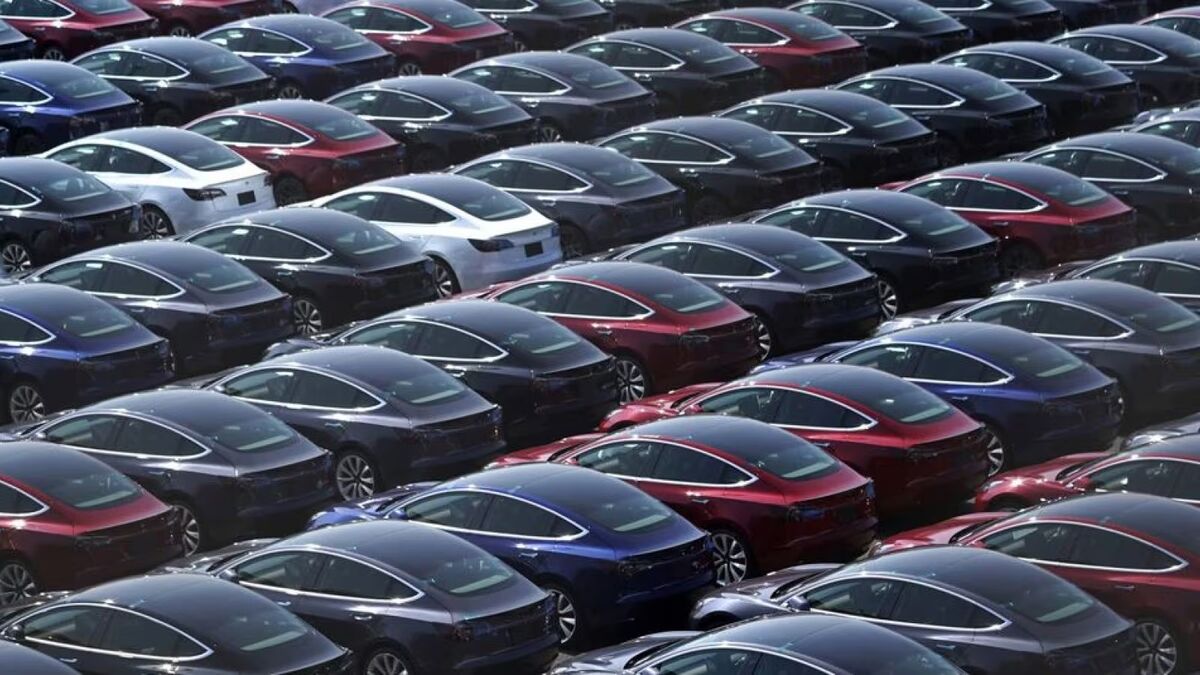
In August, J.D. Power released its second annual U.S. Electric Vehicle Experience Public Charging Study. The results were bad. The survey of more than 11,500 EV drivers found that 20% of the time EV owners attempted to charge their cars in public in the first half of 2022, they found the nearest charger broken.
J.D. Power has now updated the study with data from the second half of the year. The result? Things got worse, with more than 21% of charging attempts ending in failure.
Reasons included software problems, vandalized chargers, and payment processing errors.
EVs Spreading Faster Than Infrastructure To Support Them
Americans are buying electric cars at a growing clip – EVs made up 3.2% of new cars sold in 2021, but 5.8% in 2022.
Most EV charging is done at home. But even drivers who own home chargers need access to public chargers for longer trips. Apartment dwellers and others who may not have access to home chargers depend on finding working chargers elsewhere.
The charging network is not growing fast enough to keep pace with EV sales, J.D. Power says. “We can’t add new chargers and let all those old ones fall into a state of disrepair,” explains Brent Gruber, executive director of global automotive at J.D. Power. “We have to manage the maintenance of those as well because that’s the only way we’re going to meet the consumer demand.”
The story isn’t the same with every charging network.
Gruber says that one major provider had just 3% downtime in the survey. A jaw-dropping 39% of visits at another provider resulted in failed charging attempts. J.D. Power did not identify which network achieved which score.
Governments Stepping In
Public chargers are so unreliable that Americans are pressuring lawmakers to take action.
The National Electric Vehicle Infrastructure (NEVI) Formula Program, created last summer, provides federal funding for states to place EV chargers along major highway routes. To qualify, state programs must collect data to track charger downtime.
California – home to more EVs than any other state – recently passed its own law. The EV Charging Reliability Transparency Act will see the state write its own standards for how much downtime is legally acceptable.







